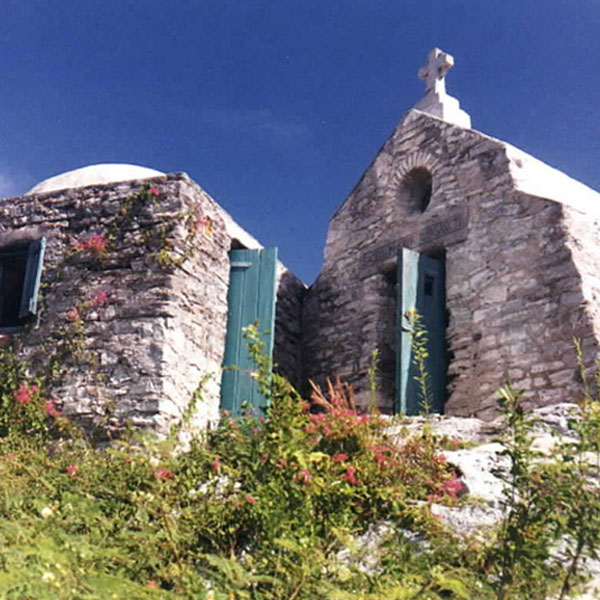Island History
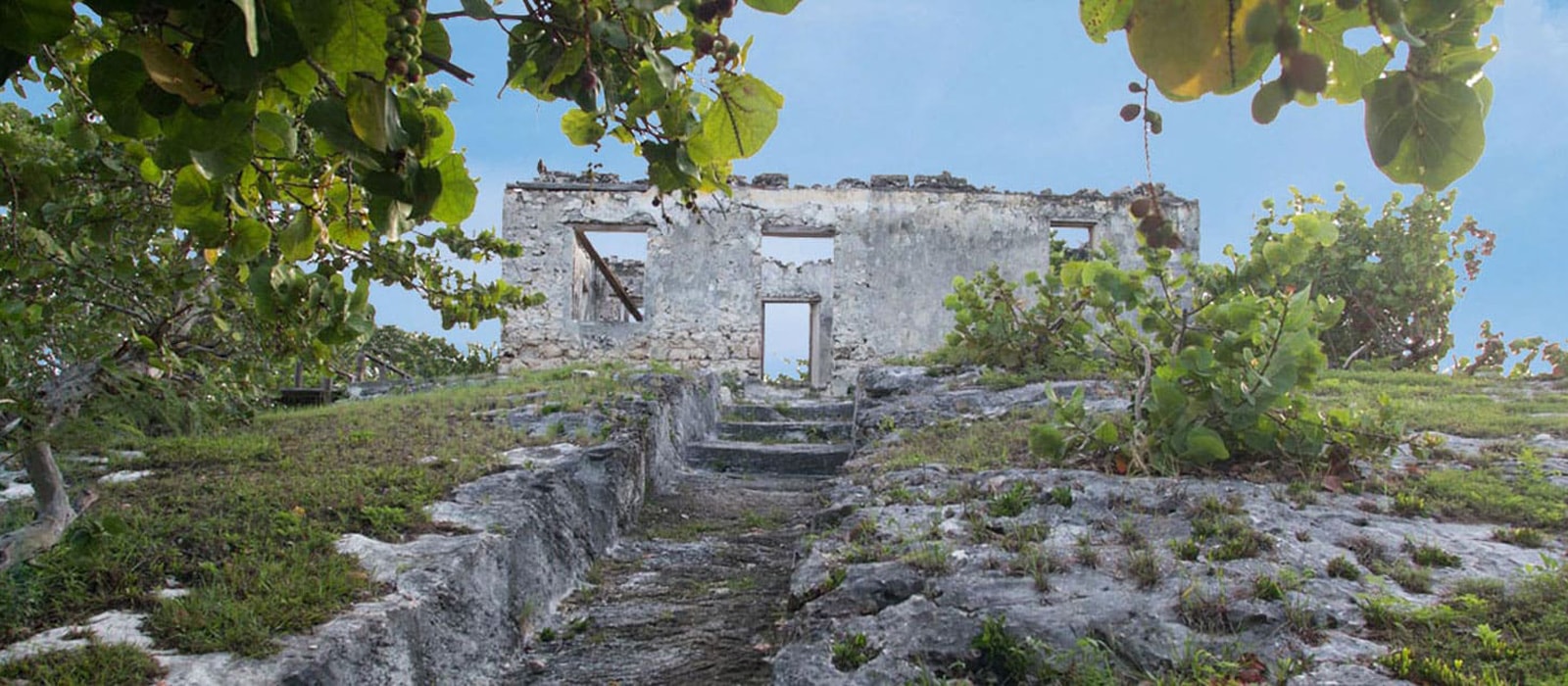
Three Sisters Beach is named after three huge rocks that protrude from the ocean. According to legend, these three rocks emerged after three lovesick sisters drowned swimming after the love of their life. Bahamians believe that the rocks bring good fortune and great love to their visitors.
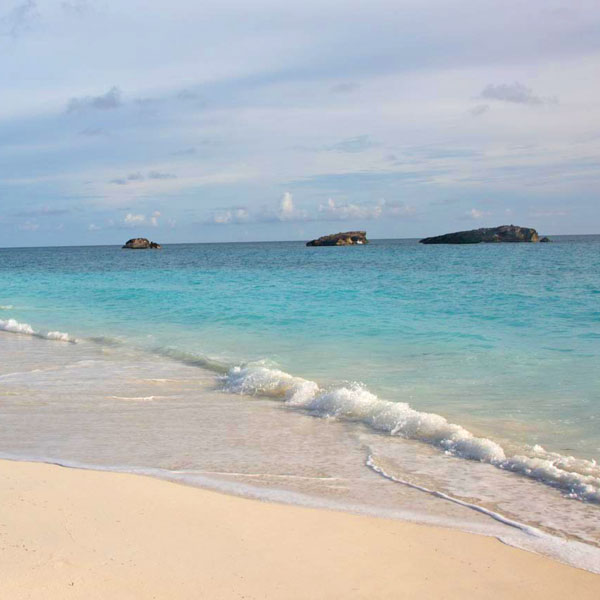
Thunderball Grotto is an amazing underwater cavern that has become one of the most famous snorkeling destinations here. It was used as a location in the James Bond films Thunderball and Never Say Never Again. During low tide, snorkelers get to enjoy the rainbow of fish, corals and other sea creatures as well as the magnificence of the grotto’s ceiling.
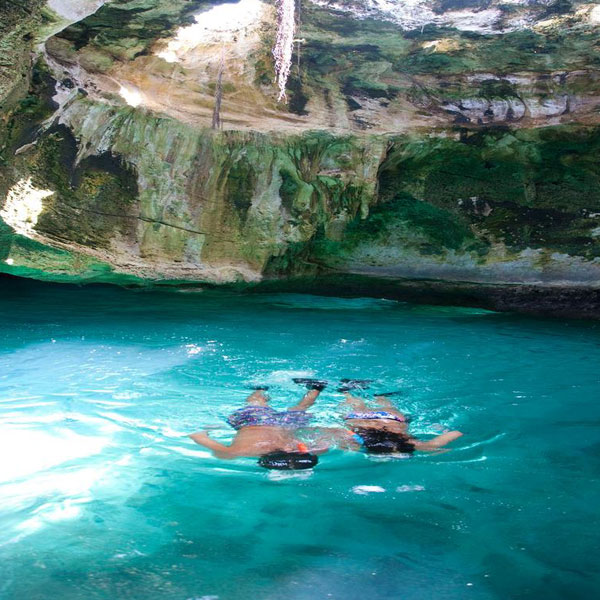
On the Queen's Highway near Williamstown is the Salt Beacon, a classical Tuscan column built in the first half of the 19th century to guide ships to the salt port. Exuma's naturally flat geography lent itself to the salt-raking industry, which was big business before the advent of refrigeration.
This historic site is a glittering golden symbol of a man triumphing over slavery juxtaposed with an old rotting jail. Pompey, a slave under British landowner Lord Rolle, led the first substantial rebellion for Bahamian slaves, making the event a true precursor to emancipation in the Bahamas.
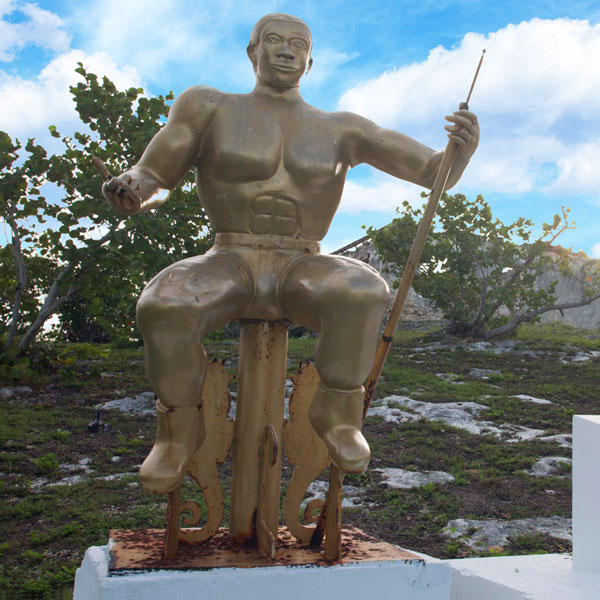
St. Andrew’s in George Town was founded in 1802 but left to rot during a time when pirates dominated the area. A second St. Andrew’s was built in1865 but it is the third incarnation, which opened in 1885, two years after the Loyalists arrived, that persists today. This historic site crowns Kitt’s Hill and is a vivid reminder of the islands past.
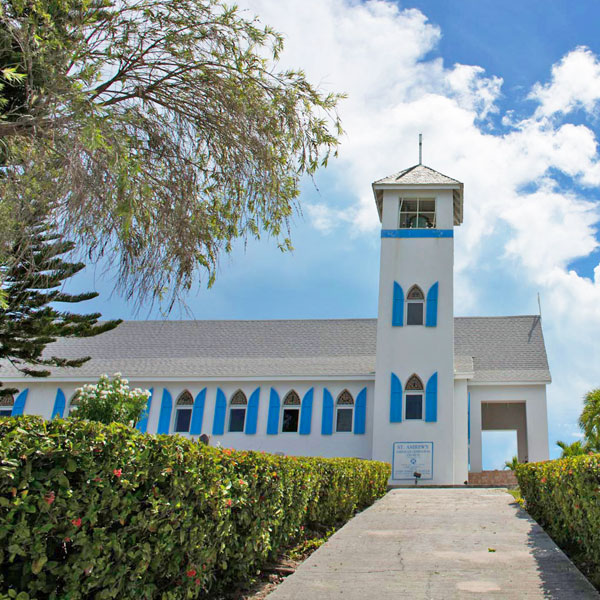
The Hermitage is a historic landmark on Little Exuma that is evidence of the island’s short-lived cotton plantation era. Visitors can check out the remains of the main house and see tombs that are more than 250 years old.
